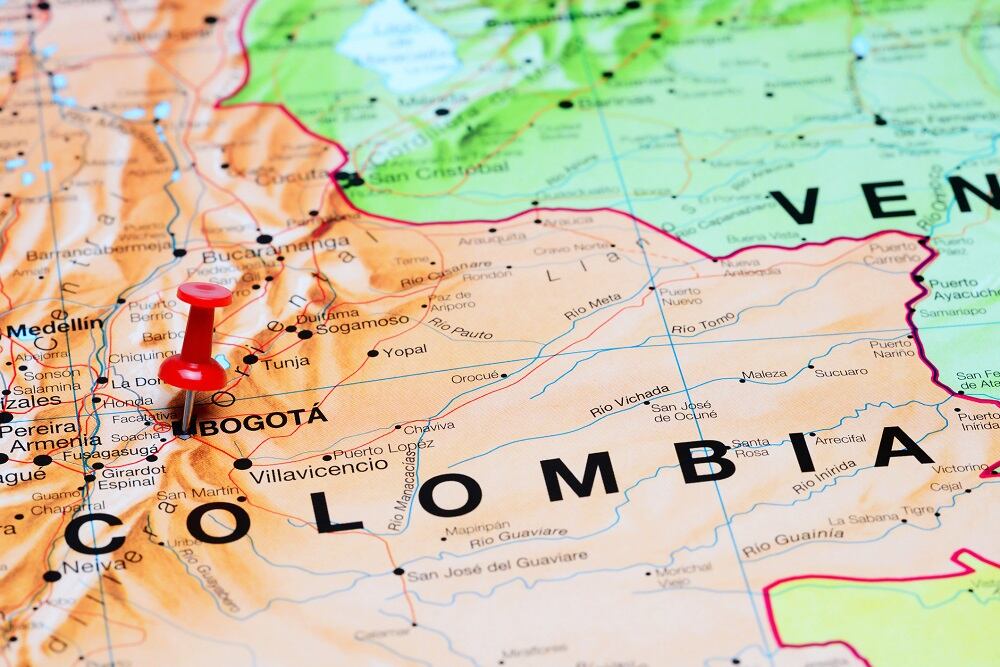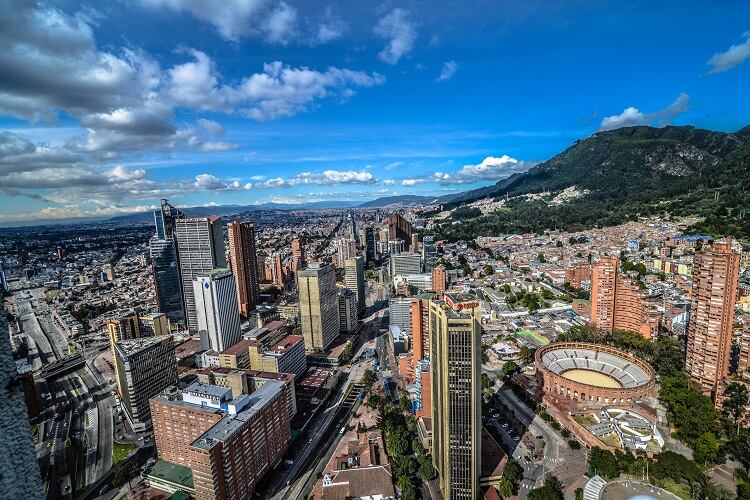This year, Colombia's capital city Bogotá will join Lima, Mexico City, Rio de Janeiro, São Paulo and Buenos Aires as one of Latin America's new megacities*, according to Euromonitor International forecasts. By 2030, the city will add a further 800,000 inhabitants to its little under ten million current population, largely through natural change and some urbanization. [*Euromonitor International defines megacities as urbanized conurbations housing 10+ million inhabitants]
Speaking to NutraIngredients-LATAM, Fransua-Vytautas Razvadauskas, senior city analyst at Euromonitor International, said that while Bogotá joined as the world's smallest megacity, and the smallest in Latin America, it still held plenty of promise.
“It's still a huge consumer market when you think about it, with more than ten million people,” Razvadauskas said.
“With Bogotá, even though it's not as big as LA or Tokyo, it's still a very significant consumer market and if you look at Latin America in general, you've got just five other megacities. ...Especially within the country, if you look at Colombia as a whole, if businesses are to set up it would definitely be the largest city; the economic center.”
Household incomes and consumer spending
Razvadauskas said Bogotá brandished the highest average household disposable incomes in Colombia – 67% higher than the country average. “That's already a sign that it does have promise for businesses to sell into this market.”
It was even “quite competitive” when making cross-national comparisons, he said. The number of households earning over US$10,000 per annum in Bogotá, for example, was 69% versus 64% in Rio de Janeiro. Using Purchasing Power Parity (PPP), Euromonitor International data also showed the share of households earning US$50,000+ in Bogotá had risen from 25% in 2013 to 32% in 2018.
Even more interesting, Razvadauskas said, was Bogotá's “significantly higher” average consumer spend on food and non-alcoholic beverages. In 2018, average spend was US$1,100 versus just US$860 in São Paulo and US$823 in Rio de Janeiro.
“When you dig deeper and start looking at the numbers and figures, you really understand what the true picture is,” he said.
“...One of the most important things for businesses is where there are loads of people and lots of consumer purchasing power, and where it's spurring. And if we're looking at the national perspective, Bogotá is the city which definitely ticks the boxes. It's huge and it's affluent.”
Numerous megacity challenges ahead...

However, Razvadauskas said that, as with any megacity, opportunity came with challenges.
“Some of these challenges are not directly impacting businesses per se, they are more indirect. One could be higher levels of air pollution which we know can cause a range of urban health problems and that could obviously effect productivity,” he said.
Bogotá was also renowned for having a high informal business sector or “underground economy”, he said, that could also impact doing businesses there.
More specifically, it was also more costly to set up a business in Colombia, versus the US or even China, he said. The average cost of starting a business in the country represented 14% of income per capita, versus just 1.1% in the US and 0.6% in China, according to Euromonitor International data. It also typically took 11 days to start a business in Colombia, versus just 5.6 in the US.
“These are the obvious things that impact business on a country-level,” Razvadauskas said.
Megacities were also hugely competitive, he said. However, with the right strategies in place, it was possible to overcome these hurdles, he said.
“I think you need very effective marketing and to be very competitive with understanding pricing and consumer trends in the megacity,” Razvadauskas said. “...Lots of businesses see megacities as avenues for growth; as potentials for investment, so you have to be quite aggressive in those markets and possibly quite flexible with pricing.”
The main key to success, he said, came down to “being very well-prepared”, with adequate consumer and market research and knowledge ahead of entry or expansion.
One of the most important consumer trends for Bogotá, and the rest of Latin America, for example, was the rise of mobile internet use, Razvadauskas said.
“Latin America, like Africa, is quickly adopting the use of the internet and especially on mobile devices. So, that's obviously a big point for businesses because it means there's avenues to increase business sales via smartphone sales.”


